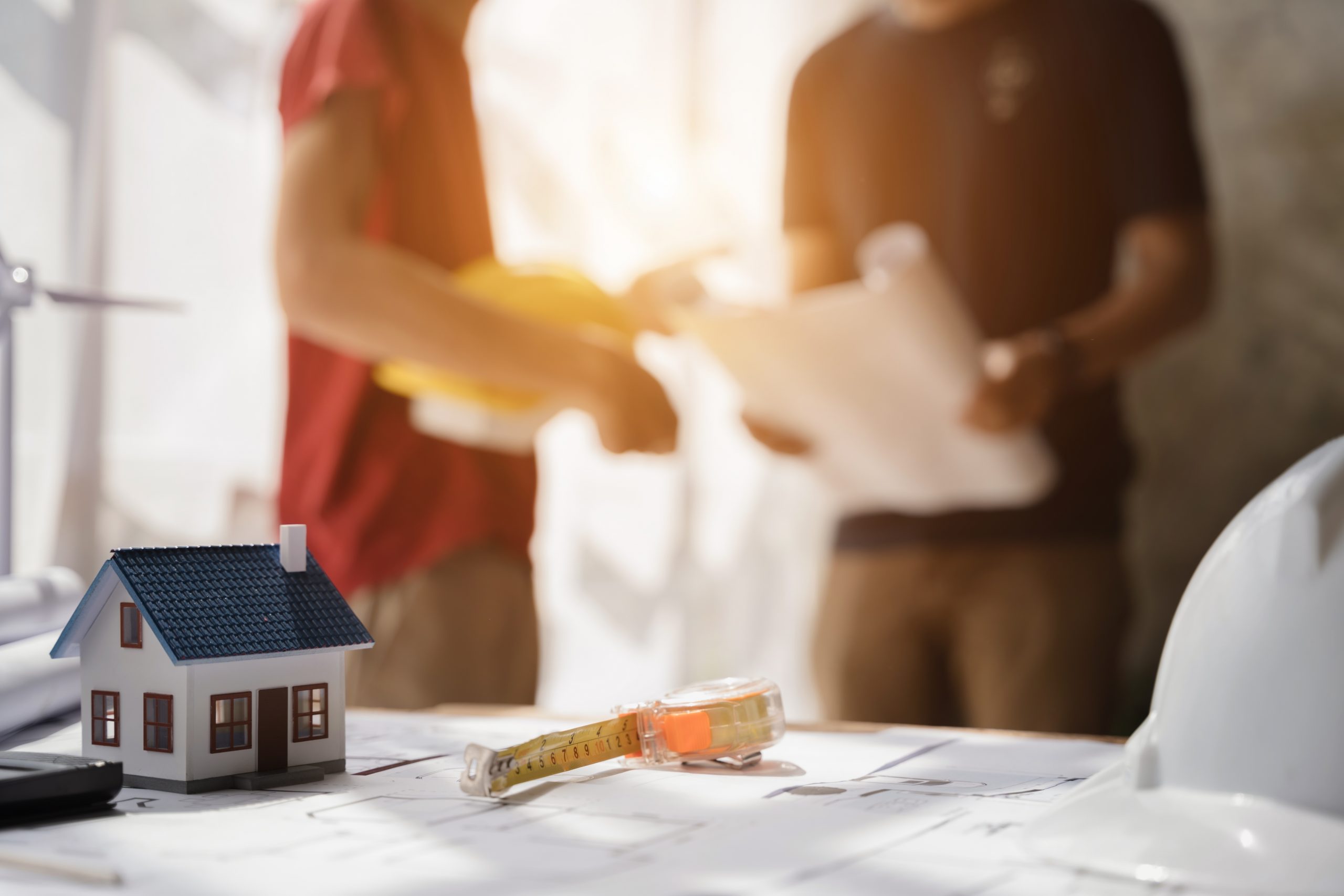As we age, ensuring a safe living environment becomes increasingly important. Home modifications can significantly reduce the risk of accidents and enhance the overall comfort and accessibility of the home for seniors. Here’s a comprehensive guide on simple modifications to improve home safety for seniors, complete with practical tips and insights.
1. Improve Lighting
Adequate lighting is essential to prevent trips and falls, especially in areas like staircases, hallways, and bathrooms.
Tips:
- Install Night Lights: Place night lights in bedrooms, bathrooms, and hallways to ensure safe navigation during the night.
- Motion Sensor Lights: Use motion sensor lights in frequently used areas to provide instant illumination when entering a room.
- Increase Wattage: Replace low-wattage bulbs with brighter, energy-efficient LED bulbs to enhance visibility.
2. Remove Tripping Hazards
Tripping hazards can cause serious falls. Ensuring that pathways are clear and surfaces are even is crucial.
Tips:
- Declutter: Keep floors free of clutter, such as shoes, magazines, and electrical cords.
- Secure Rugs: Use double-sided tape or non-slip rug pads to keep rugs in place.
- Repair Flooring: Fix any loose or uneven floorboards and remove or secure any loose carpeting.
3. Install Grab Bars and Handrails
Grab bars and handrails provide support and stability, particularly in areas where slips are likely, such as bathrooms and staircases.
Tips:
- Bathroom Safety: Install grab bars next to the toilet, inside the shower, and beside the bathtub.
- Staircase Handrails: Ensure handrails are installed on both sides of staircases and that they extend the full length of the stairs.
- Proper Installation: Hire a professional to install grab bars and handrails securely to support full body weight.
4. Modify Bathrooms
Bathrooms can be particularly hazardous for seniors. Making a few modifications can greatly improve safety.
Tips:
- Non-Slip Mats: Place non-slip mats in the shower and bathtub to prevent slipping.
- Shower Chairs: Use a shower chair to allow for sitting while bathing, reducing the risk of falls.
- Raised Toilet Seats: Install a raised toilet seat to make sitting and standing easier and reduce strain.
5. Improve Accessibility
Making the home more accessible helps seniors maintain independence and reduces the risk of injury.
Tips:
- Widen Doorways: If necessary, widen doorways to accommodate walkers or wheelchairs.
- Lever-Style Handles: Replace traditional doorknobs with lever-style handles that are easier to operate.
- Lower Shelves: Adjust the height of shelves and cabinets to avoid the need for reaching or using step stools.
6. Install a Medical Alert System
A medical alert system provides peace of mind by ensuring help is just a button press away in case of an emergency.
Tips:
- Wearable Devices: Choose a wearable device, such as a pendant or wristband, that can be easily accessed at all times.
- Emergency Contacts: Program emergency contacts and ensure the system is set up for quick response.
7. Enhance Kitchen Safety
The kitchen can present several hazards. Simple changes can make this space safer for seniors.
Tips:
- Easy-to-Reach Items: Store frequently used items within easy reach to avoid using step stools or reaching high shelves.
- Automatic Shut-Off: Use appliances with automatic shut-off features to prevent accidents from forgotten cookware.
- Stove Knob Covers: Consider installing stove knob covers to prevent accidental ignition.
8. Use Technology
Technology can play a significant role in enhancing home safety for seniors.
Tips:
- Smart Home Devices: Install smart home devices like smart lights, thermostats, and security systems that can be controlled via smartphone or voice commands.
- Fall Detection Sensors: Use sensors that can detect falls and automatically alert emergency services or family members.
9. Fire Safety
Fire safety is critical in ensuring the well-being of seniors.
Tips:
- Smoke Detectors: Install smoke detectors on every level of the home and test them regularly.
- Fire Extinguishers: Keep fire extinguishers in accessible locations, such as the kitchen and near exits.
- Escape Plan: Develop and practice a fire escape plan to ensure quick and safe evacuation.
